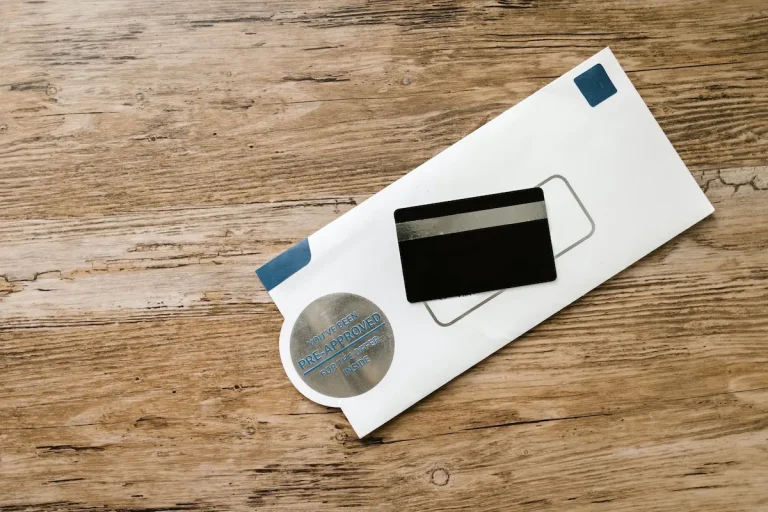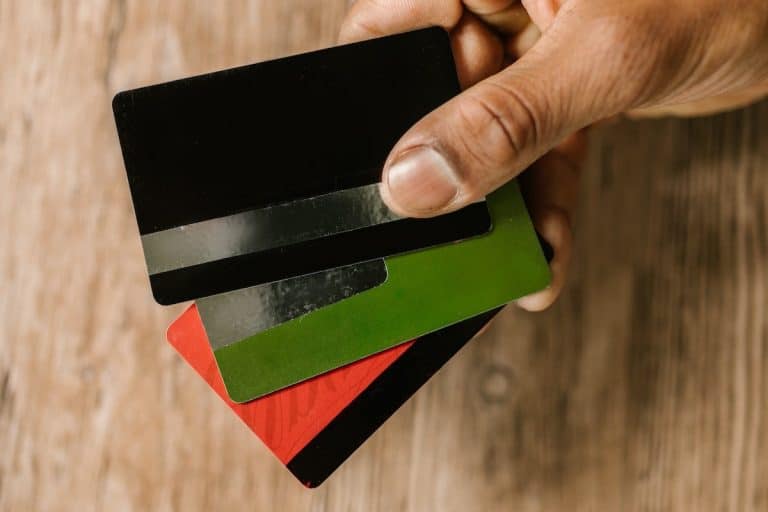Ebt Food Vs Cash Benefits: How They Work And Key Differences
If you receive government assistance through SNAP or TANF programs, you may have both food and cash benefits loaded onto your EBT card each month. Knowing the difference between EBT food and cash can help you manage your benefits appropriately.
If you’re short on time, here’s a quick summary: EBT food benefits can only be used to purchase SNAP-eligible grocery items, while EBT cash can be used more widely, like a debit card.
In this comprehensive 2000-word guide, we’ll explain everything you need to know about using your EBT food benefits compared to the cash benefits on your EBT card.
EBT Food Benefit Basics
EBT (Electronic Benefits Transfer) is a government program that provides assistance to low-income individuals and families to help them purchase food.
This program is administered by the Supplemental Nutrition Assistance Program (SNAP), which is a federal assistance program that helps millions of Americans put food on the table.
SNAP food benefits
SNAP food benefits are designed to supplement the food budget of eligible individuals and families. The amount of benefits received is based on various factors, including income, household size, and expenses.
The benefits are loaded onto an EBT card, which works like a debit card and can be used to purchase eligible food items at authorized retailers.
It’s important to note that SNAP benefits can only be used to purchase food items and cannot be used for non-food items such as alcohol, tobacco, or household supplies.
Purchasing groceries at retailers accepting EBT
EBT cards can be used to purchase groceries at authorized retailers, including supermarkets, grocery stores, and farmer’s markets.
These retailers have electronic systems in place that accept EBT cards as a form of payment. When making a purchase, the cardholder simply swipes their EBT card and enters their PIN to complete the transaction.
It’s worth mentioning that not all retailers accept EBT cards, so it’s important to check with the store beforehand.
The USDA website provides a searchable database of authorized retailers that accept EBT cards, making it easier for cardholders to find a nearby store.
Funds loaded monthly based on SNAP eligibility
Snap benefits are typically loaded onto the EBT card on a monthly basis.
The exact amount of benefits and the date of disbursement depend on the recipient’s eligibility and the state in which they reside.
Recipients are notified of their benefit amounts and disbursement dates through mail or online notifications.
It’s important for recipients to carefully manage their SNAP benefits and plan their grocery shopping accordingly. Unused benefits roll over to the next month, up to a certain period only, so it’s essential to use them within the designated time frame.
For more information on EBT food benefits and how they work, you can visit the official USDA website. The website provides detailed information on eligibility criteria, authorized retailers, and frequently asked questions about the program.
EBT Cash Benefit Basics
Funded by TANF, SSI, child support
The EBT (Electronic Benefit Transfer) cash benefits are funded by various programs such as TANF (Temporary Assistance for Needy Families), SSI (Supplemental Security Income), and child support.
These programs aim to provide financial assistance to individuals and families in need.
The funds allocated through these programs help support basic living expenses and ensure that vulnerable populations have access to essential resources.
Can be used like a debit card
One of the key features of EBT cash benefits is that they can be used like a debit card.
Recipients are issued an EBT card, which is similar to a regular debit card. This card can be used at authorized retailers and ATMs to make purchases or withdraw cash.
The process is convenient and discreet, allowing individuals to maintain their privacy while accessing the funds they need.
Amount based on a specific benefit program
The amount of EBT cash benefits a person receives is determined by the specific benefit program they are enrolled in. Each program has its own eligibility requirements and payment calculations.
For example, TANF benefits are based on factors such as family size, income, and expenses, while SSI benefits are determined by a person’s disability status and income level.
It is important for individuals to understand the eligibility criteria and payment calculations for their specific program to ensure they receive the appropriate amount of cash benefits.
Using EBT Food Benefits Correctly
When it comes to using EBT food benefits, it’s important to understand the guidelines and restrictions in order to make the most of the program.
Here are some key points to keep in mind when using EBT food benefits:
SNAP-eligible grocery items only
EBT food benefits can only be used to purchase items that are eligible under the Supplemental Nutrition Assistance Program (SNAP).
This includes a wide range of food products such as fruits, vegetables, meat, dairy, bread, and more. Non-food items like cleaning supplies, personal hygiene products, and pet food are not eligible for purchase with EBT food benefits.
It’s important to check the list of eligible items to ensure that you are making appropriate purchases.
Most foods intended for home consumption
EBT food benefits are intended for the purchase of food that is meant to be consumed at home. This includes items that can be prepared and cooked, such as raw ingredients and packaged foods.
It’s worth noting that EBT food benefits cannot be used to purchase ready-to-eat meals from restaurants or fast food establishments.
These benefits are designed to support individuals and families in buying groceries for their households.
Exceptions like prepared hot foods
While EBT food benefits generally cannot be used to purchase hot foods and prepared meals, there are some exceptions to this rule.
In certain circumstances, such as during natural disasters or emergencies, the government may temporarily allow the use of EBT food benefits to purchase hot meals.
This exception aims to provide support to affected individuals who may not have access to cooking facilities or adequate food supplies. It’s important to stay informed about any temporary policy changes that may affect the use of EBT food benefits.
For more detailed information on eligible grocery items and restrictions, you can visit the official website of the Supplemental Nutrition Assistance Program.
Spending EBT Cash Benefits
Any item at retailers accepting EBT
One of the key advantages of EBT cash benefits is that they can be used to purchase any item at retailers that accept EBT.
This means that individuals and families can use their EBT cards to buy a wide range of products, including groceries, household items, and even personal care products.
Whether it’s fresh produce, dairy products, or canned goods, EBT cash benefits provide recipients with the flexibility to choose the food items that best suit their needs.
Bills like rent, utilities, transportation
Unlike EBT food benefits, EBT cash benefits can also be used to pay for bills such as rent, utilities, and transportation expenses. This can be incredibly helpful for individuals and families who are struggling to make ends meet.
By using their EBT cash benefits to cover these essential expenses, they can free up their limited financial resources for other necessities.
Personal or household essentials
EBT cash benefits can also be used to purchase personal or household essentials. This includes items like toiletries, cleaning supplies, and even clothing.
EBT cash benefits provide recipients with the freedom to use their funds in a way that best meets their individual needs.
Whether it’s buying diapers for a baby or purchasing new shoes for a growing child, EBT cash benefits can help alleviate some of the financial stress associated with these expenses.
Tracking and Managing EBT Food vs. Cash
When it comes to tracking and managing EBT food and cash benefits, there are a few key differences to keep in mind.
From checking balances to budgeting for groceries and other expenses, understanding how to effectively manage these benefits can help individuals and families make the most of their resources.
Check balances by phone or online
One important aspect of managing EBT benefits is keeping track of the available balance. Fortunately, there are convenient options to check balances either by phone or online.
By calling the customer service number provided by the state’s EBT program or logging into the official online portal, recipients can easily access their account information.
This allows them to stay informed about their remaining benefits and plan their grocery shopping accordingly.
Separate grocery budget from other expenses
It is advisable to separate the grocery budget from other expenses when managing EBT benefits. This helps individuals and families allocate their funds more efficiently.
By setting aside a specific portion of the benefits for groceries, it becomes easier to track spending and ensure that the necessary items are purchased.
This practice can also prevent the temptation to overspend on non-essential items, helping individuals make the most of their EBT food benefits.
Plan meals and grocery lists to use food benefits
Planning meals and creating a grocery list based on EBT food benefits is an effective strategy for managing these benefits.
By carefully planning meals and creating a list of necessary items, individuals can make sure they are utilizing their benefits to their fullest potential.
This approach not only helps with proper budgeting but also promotes healthier eating habits. By having a clear plan in place, individuals can avoid impulse purchases and make the most of their available resources.
Save cash benefits for bills and necessities
While EBT food benefits are specifically designated for purchasing groceries, cash benefits can be used for a variety of necessities. It is important to prioritize and save cash benefits for bills and other essential expenses.
This ensures that individuals and families have the funds they need for rent, utilities, and other crucial payments.
By effectively managing both food and cash benefits, individuals can create a balanced budget and maximize their financial stability.
Conclusion
Understanding the difference between EBT food benefits for SNAP grocery purchases and more flexible EBT cash can help you effectively manage both types of assistance.
Follow EBT rules, spend wisely, and track balances to maximize your government benefits.
Understanding the guidelines and using EBT food benefits and cash benefits correctly ensures that individuals and families can make the most of these programs and access nutritious food and provide for their basic needs.












